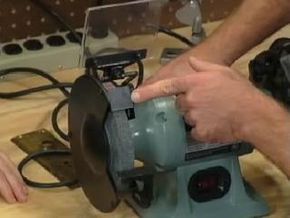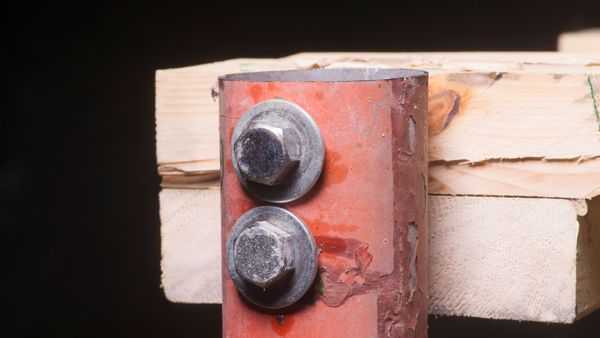Key Takeaways
- Self-tapping screws are designed to drill their own holes in materials like wood, metal and plastic, creating precise threads without pre-drilled holes.
- There are two main types: thread-forming screws, which are suitable for plastic and to prevent loosening, and thread-cutting screws, which are ideal for wood and metal but may strip the threads when you remove them.
- To prevent stripping, consider installing a metal insert to allow repeated fastening without damage, and ensure the screw tip size matches the material thickness to secure a tight fit.
Self-tapping screws drill their own holes when they’re screwed into materials such as wood, plastic and metal. By using a screwdriver to attach a self-tapping screw, you can create precisely fitted threads. They're ideal for combining two different types of materials or for screwing in areas where access is only one-sided. It’s helpful to use self-tapping screws for products that need to be maintained regularly, such as air-conditioning units or canopies, where you need to dissemble and reassemble the item along the same threads.
The two types of self-tapping screws are thread-forming and thread-cutting. Thread-forming screws are meant for plastic, deforming the material as the screw enters. Although thread-forming screws remain in the material more tightly, there is a risk of over-tightening the screw, which could cause the material to break under pressure. On the other hand, thread-cutting screws are typically used for wood and metal, literally removing some of the material and creating a threaded path for the screw. The drawback of thread-cutting screws is that the threads may strip when disassembling the fastener. If that happens, make sure to use a slightly larger self-tapping screw when reassembling the product.
Advertisement
A long-lasting solution to prevent stripping is to install a metal insert in the material from the start. Then you could regularly fasten and unfasten with an appropriate-size screw without damaging the material. The inserts are shaped to minimize stress, and they expand as the screw enters.
Self-tapping screws come in all sizes and tip types, and they have various shaped heads. When you choose the right size self-tapping screw, you should take into account the length of the screw tip, according to the material’s thickness. There must be enough space for the tip of the drilled screw to fully enter the material before the threading begins. Otherwise the driving in of the screw will cause thread stripping and the end result won’t be properly secure.
Advertisement


